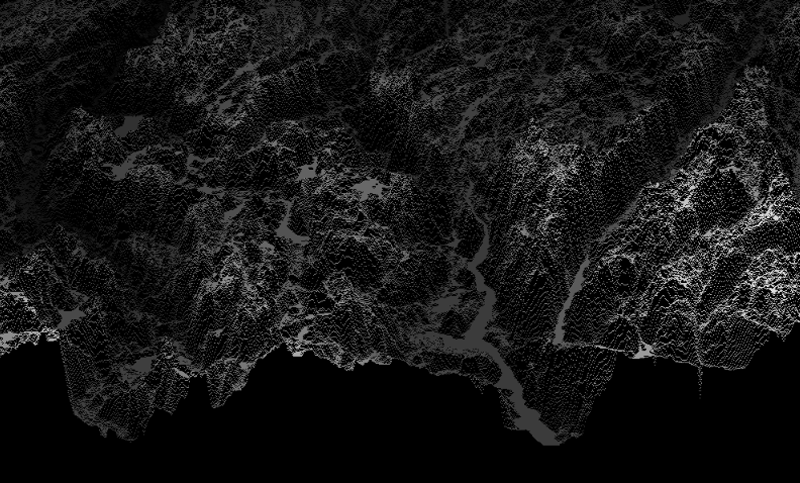dted2
| Crates.io | dted2 |
| lib.rs | dted2 |
| version | 1.0.0 |
| created_at | 2024-05-10 17:09:10.291546+00 |
| updated_at | 2024-08-13 17:55:19.688475+00 |
| description | Tool for reading DTED files |
| homepage | |
| repository | https://github.com/arpadav/dted2 |
| max_upload_size | |
| id | 1236208 |
| size | 26,076,094 |
documentation
https://docs.rs/dted2
README
DTED Reader for Rust

Refactor of dted, with updated version of nom, improved functionality, added features, fixes, and optimizations!
Usage
use dted2::{ DTEDData, DTEDMetadata };
let data = DTEDData::read("dted_file.dt2").unwrap();
let metadata: DTEDMetadata = data.metadata;
// or can read just the header without the rest of the data
let metadata: DTEDMetadata = DTEDData::read_header("dted_file.dt2").unwrap();
// query elevation, returns None if out of bounds
let elevation: f64 = data.get_elevation(50.0, 10.0).unwrap();
Description
The dted2 crate is a Rust library designed to parse and handle DTED (Digital Terrain Elevation Data) files. DTED files are a standard format used for storing raster elevation data, particularly for military and simulation applications. The data in DTED files is stored in a matrix of elevation points, representing the terrain's height above a given datum. This format supports several military and simulation applications including line-of-sight analysis, 3D visualization, and mission planning.
DTED data is organized into three levels of resolution:
- Level 0: Approximately 900 meters between data points.
- Level 1: Approximately 90 meters between data points.
- Level 2: Approximately 30 meters between data points. Each level of DTED provides different details suitable for various precision requirements in applications.
Features
- Data Handling: Efficient handling of large datasets with options to process only required sections of data for memory management.
- Read Functionality: Parse DTED files (
.dt0,.dt1,.dt2) into usable data structures. Currently only.dt2files have been tested.dt1anddt0files should in theory work.
TODO
- Geographic Processing: Convert DTED raster data into geographic coordinates based on the WGS84 datum.
- Additional DTED Header parsing: Add support for additional header records. Currently both
DSIandACCrecords are being worked on, and only the standardUHLheader is being read alongside the data.


